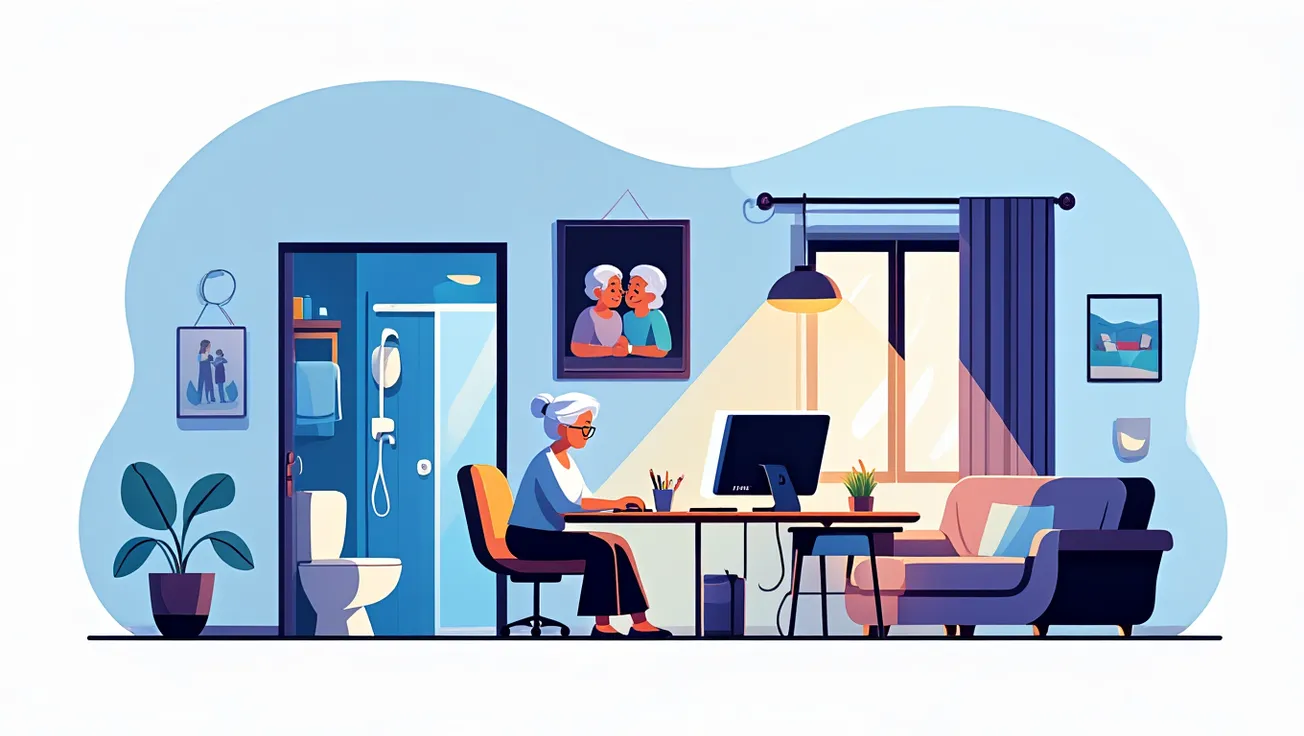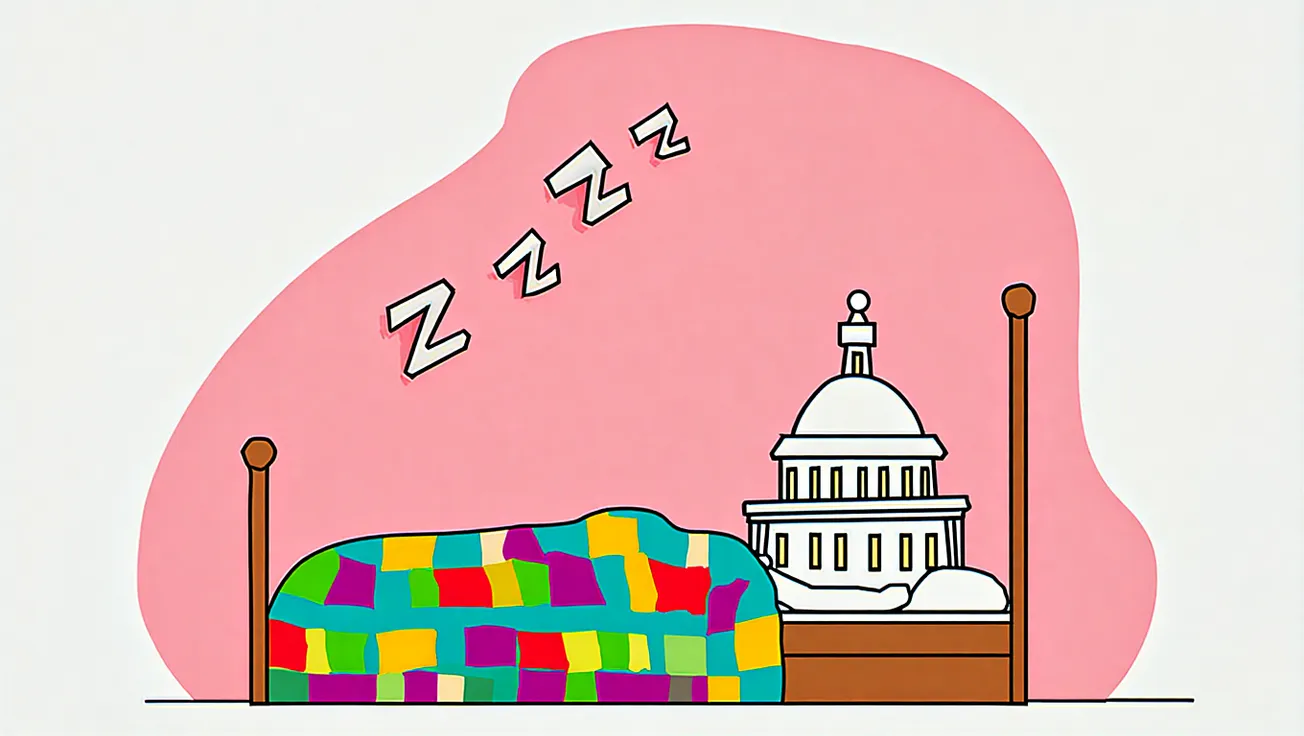The Takeaway
- Seniors are the fastest-growing group of renters in the U.S.
- The share of renters aged 65+ jumped from 13% in 2013 to 17% in 2023, with a bigger surge expected by 2030.
- Renting offers freedom from upkeep, flexibility to move, and access to newer “active-adult” communities.
- Downsizing isn’t always about money—many cite social connection and stress reduction as main motivators.
- Analysts say the trend is reshaping the housing market and redefining retirement living.
In neighborhoods across America, the “For Rent” sign is no longer just a symbol of youth or transition—it’s increasingly a choice made by retirees.
According to Axios, the percentage of older adults who rent their homes is rising faster than any other demographic. In the Cleveland metro area, renters aged 65 and older climbed from 13.3% in 2013 to 17% in 2023. National data show similar movement, with a steady uptick in retirees selling their homes and opting for rental living.
Why? Freedom, flexibility, and fewer headaches.
Breaking Up with the House
For many seniors, the dream of aging in place has met the reality of expensive home maintenance and rising property taxes.
“When the roof needed replacing and the furnace went out the same year, I decided I was done,” said Patricia M., 74, who traded her suburban house in Ohio for a one-bedroom apartment in an active-adult complex. “Now I just call maintenance—and travel whenever I want.”
Today’s rental market is more welcoming to retirees than ever before. Developers are building “55-plus” communities that feel like a mix between a boutique hotel and a college campus—gyms, walking trails, social events, and even co-working spaces for part-time retirees.
Freedom vs. Financials
While affordability remains a key factor, not all renters are motivated by cost. Many seniors who sold during the pandemic housing boom are flush with equity but don’t want the burden of home repairs or unpredictable markets.
Renting offers something ownership can’t: flexibility.
- Mobility: Easier to relocate to be closer to family—or warmer weather.
- Predictability: Fixed rent beats surprise plumbing or roof bills.
- Liquidity: Home-sale profits can be redirected into savings or travel.
However, the trade-off is that rent increases remain a risk, especially in tight housing markets. The Harvard Joint Center for Housing Studies reports that more than half of older renters now spend over 30% of their income on housing. That’s considered “cost-burdened.”
The Rise of “Active-Adult” Living
Developers are racing to meet demand. In cities from Cleveland to Phoenix, new communities are marketed as “maintenance-free” havens for adults 55 and older. Amenities often include yoga studios, dog parks, and full-time event coordinators.
Some are independent living apartments with optional add-on services like meal plans or wellness checks. Others are pure rentals designed for healthy, active seniors who want freedom without the commitment of ownership.
“Older renters today aren’t necessarily vulnerable—they’re selective,” says housing analyst Sarah Scally of the National Investment Center for Seniors Housing & Care. “They’re looking for community, not caretaking.”
What to Consider Before You Sell
If you’re thinking about trading your mortgage for a lease, here are some tips before you sign:
- Run the numbers. Compare annual rent to your current property taxes, insurance, and maintenance.
- Check rent-increase caps. Some states limit annual increases, others don’t.
- Ask about accessibility features. Look for step-free entries, wide doorways, and elevators.
- Evaluate the community vibe. Attend an event or tour the property at night to see how social life really feels.
- Plan for the long term. If health changes, does the community offer assisted-living transitions or nearby medical options?
Renting after retirement used to carry a stigma. Today, it’s becoming a smart, intentional lifestyle move—one that trades square footage for simplicity and freedom.
Or, as Patricia puts it:
“I didn’t downsize. I upgraded to peace of mind.”
Sources:
Disclaimer: This article is for informational purposes only and does not constitute legal, financial, or housing advice. Always consult a licensed real-estate or financial professional before selling property, signing a lease, or making housing decisions.







